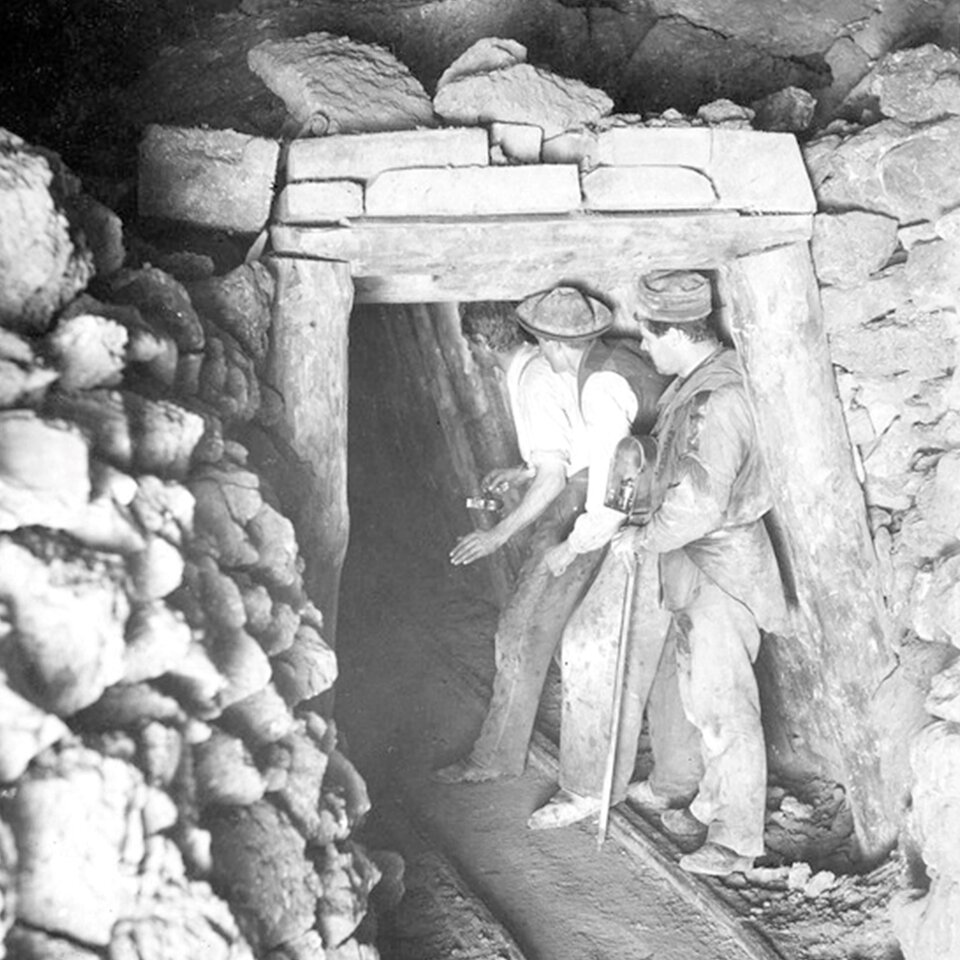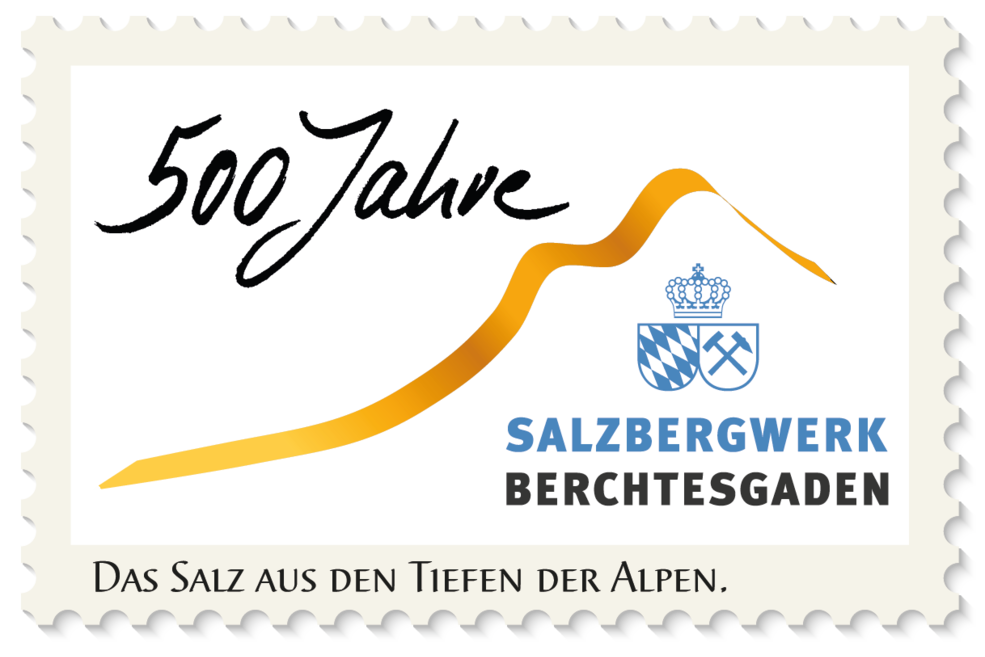Year of birth Berchtesgaden Salt Mine

Mystery of inscription at Petersberg tunnel unravelled:
Always unique and always good for a story.This is the Berchtesgaden Salt Mine with its unique tradition and innovative technical developments.This year, the sight in the middle of one of the most beautiful landscapes in Germany, which is known beyond the borders of Bavaria, turns 500 years old.“The founding date is documented on a marble plaque in front of the Petersberg gallery,” says Peter Botzleiner-Reber, head of the mine's tourism department.The Petersberg gallery was excavated in 1517 at the behest of Gregor Rainer, imperial prelate and provost of the Augustinian canons' monastery of Berchtesgaden.However, this was not clearly documented until recently.
And now it gets exciting.The year on the plaque is associated with a sculpted inscription, in abbreviated Latin, ambiguous in its reading and meaning.Andreas Hirsch, a recognised expert on salt history and secretary of the Bad Reichenhall Local History Society, wanted to know the exact connection between the year and the inscription in order to obtain a historically binding statement on the foundation date.“The only evidence for the founding year 1517 is the inscription on the marble plaque at the Petersberg gallery, the oldest gallery in the Berchtesgaden salt mine,” Hirsch explains.And to do this, it had to be translated unambiguously.And above all, the incomplete sequence of digits of the year can be identified.Hirsch quickly found comrades-in-arms in Dr Johannes Lang, head of the Bad Reichenhall municipal archives and chairman of the local history association, and Wolfgang Lochner, head of the Berchtesgaden salt mine's mine surveying and geology department, who carried out intensive research on the inscription.They also engaged proven experts in Dr. Christine Steininger, Dr. Ramona Baltolu and Burgi Knorr, members of the Inscription Commission of the Bavarian Academy of Sciences and Humanities, retired head teacher Paul Rauscher and district local historian Johannes Schöbinger to work with them on transcription possibilities and translation proposals.The text was first deciphered cogently with “O nostris coeptis fave 1517”, which, as was quite common in those times, has a faith-strong orientation:„Oh, sei Du unseren Unternehmungen gewogen, 1517“ or loosely translated as “Oh, be Thou favourable to our undertakings, 1517”.This petition to God thus stands at the beginning of salt mining and, in conjunction with the year, now clearly documents the founding of the salt mine in 1517.
Illustration Petersberg gallery with marble plaque
Released for editorial publication
Option for BU
Relief depiction of the Crucified with John and Mary and 1517 inscription from l. front to back:Peter Botzleiner-Reber, Andreas Hirsch, Dr. Johannes Lang, Wolfgang Lochner
Press article
-download
This text can be used for press publications.All rights remain with „Salzbergwerk Berchtesgaden, Südwestdeutsche Salzwerke AG“.
